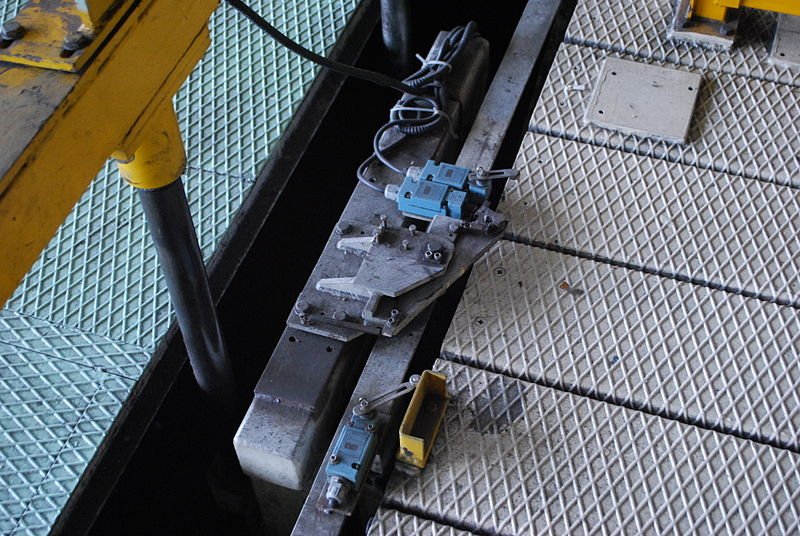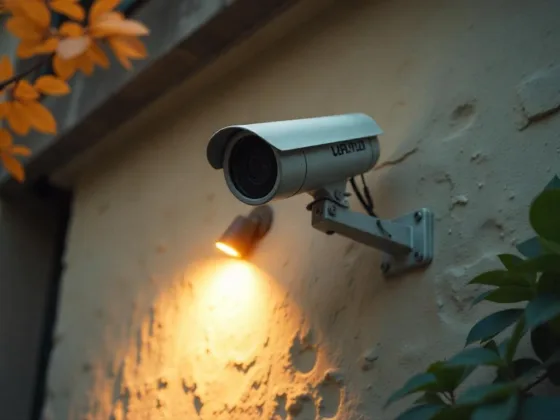Table of Contents Show
Ever found yourself in a situation involving machinery and don’t know what to do? Do you even know what a limit switch is or what it’s used for? Believe it or not, you’ve probably come across or interacted with a device that uses a limit switch in some way to assist with your daily routine.

For those that don’t know, a limit switch is an electromechanical device that is operated by a physical force applied by any sort of object. These are primarily used to detect the presence or absence of an object and have many different uses.
Do you want to know more about what a limit switch can do? Keep on reading to learn more about what you should know today!
How Do Limit Switches Work?
Limited switches are instruments that are comprised of a few key things. They consist of an actuator that is mechanically linked to an electrical switch that activates a connection when an object contacts the actuator.
At the core of everything, something needs to have physical contact with a limit switch to either activate or deactivate something.
For example, when you open the door to a refrigerator with a light inside. As you open the door, a limit switch built into the refrigerator will activate the light so you can see everything inside. When the door is closed, the light is turned off.
Types of Limit Switch
There are four main types of limit switches, with each one being used for different applications. You have a whisker, roller, lever, or plunger limit switch.
Depending on the need of the task, two types of limit switches may be applied for a signal application. Early on limit switches were first used to define how far an object can travel, which is how the name was adopted for them.
Advantages and Disadvantages
Like most other mechanical devices, limit switches have their different benefits and limitations. One of the advantages of implementing a limit switch is that it uses very little power in devices and is fairly simple to apply.
At the same time, they are highly reliable and have a high level of accuracy & repeatability.
However, limit switches have the disadvantage of being vulnerable to fatigue over time and will need to eventually be replaced.
Limit Switches also are contact sensors, so they won’t function properly if their target doesn’t make physical contact with them. Because of this, not every scenario is easily solved with the use of a limit switch.
Knowing the Limit
After reading this overview, you will have a better insight into how a limit switch is activated and what it is used for.
Interested in learning more about anything related to limit switches and other kinds of technology? Read some more great articles with the latest news and updates about technology over on Newswire Club.









